CES 2008
No matter how in love with your phone you are, the one thing everyone complains about is battery life. Everything about a cell phone - the radio, the screen, the camera, the chips inside - is a huge drain on the battery. Since the batteries aren't getting much better yet, the only thing left to do is make everything else more power efficient.
For their part, Qualcomm is taking on displays - in addition to their chips, of course. Today we got some hands on time with Qualcomm's Mirasol display technology.
Mirasol combines some of the technology behind a number of existing screen types, but in a new way that yields some pretty impressive results. Take a little bit of old reflective LCD, a little DLP, and a pinch of mechanical (not liquid) e-ink and what you get is something pretty exciting.
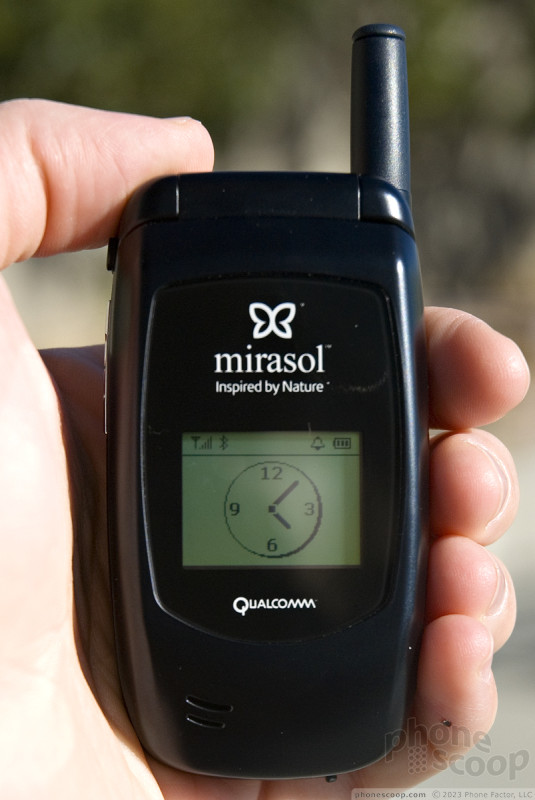
Most TFT LCD screens use about 200 milliwatts when they're on, but the the Mirasol uses somewhere between 1 and 30 milliwatts, depending on whether it's displaying a static image or something as power hungry as video.
Mirasol is a reflective system, only it is much more efficient at reflecting light than reflective LCDs because everything is a mirror reflecting back light all the time. Typical reflective LCDs reflect about 15% of light back, but Mirasol reflects about 50% for monochrome versions and 30-45% for color versions.
Most Mirasol displays will have frontlighting for dim environments. Again, the Mirasol implementation is a giant leap ahead of how frontlighting worked on reflective LCDs. For example, old Sidekick screens - which were reflective LCD - were very hard to see in the shade because it was too bright for the light to come on but too dim to read without the light. A Mirasol display doesn't have that problem. In fact you don't even need the front light to see a Mirasol display in really dim light. We were able to read the screen just fine holding the phone under a heavy table, without the frontlighting on.
The Mirasol also has much better resolution than old reflective LCDs. The samples we were shown were about 130 dpi - around the same resolution as the iPhone. Gone is that chunky look, although it's not as crisp as e-paper just yet.
Unfortunately only the monochrome version of the Mirasol is available for sale today, and it's not currently in any handsets, though a handful of smaller manufacturers have already committed to trying it in their phones. The color model is not quite ready for production, but the color prototype we saw was impressive. Colors are much better than reflective LCDs but still don't approach what we see from screens as lust-inducing as the OLED on Nokia's 8800 Arte.
Once color screens are ready, it's far more likely we'll see this technology in handsets stateside. Until then, it's something to watch for sure.


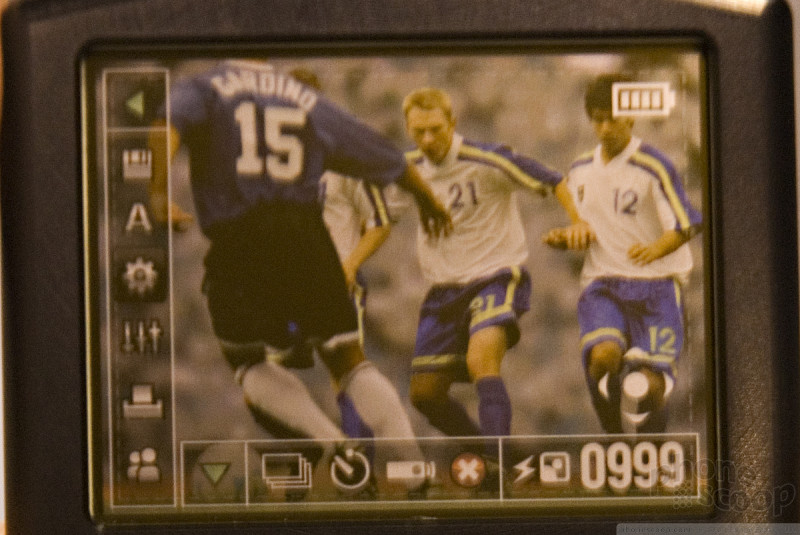





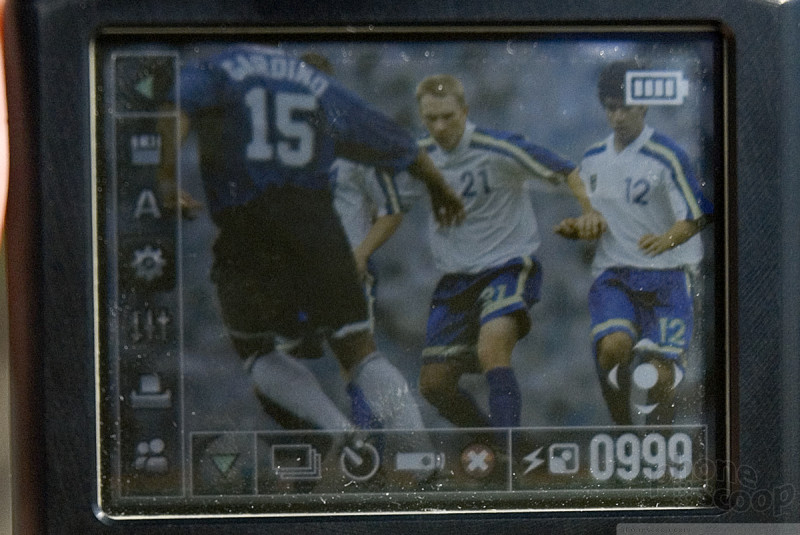


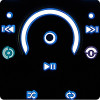 Review: Motorola ROKR E8
Review: Motorola ROKR E8
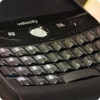 CTIA 2008
CTIA 2008
 Motorola Announces E8 and Z10
Motorola Announces E8 and Z10
 Motorola ROKR E8 Details Emerge
Motorola ROKR E8 Details Emerge
 Unannounced Motorola Media Phone Spotted In Fergie Video
Unannounced Motorola Media Phone Spotted In Fergie Video
 Nokia 3555
Nokia 3555
 LG Vu / CU920 / CU915
LG Vu / CU920 / CU915
 Motorola ROKR E8
Motorola ROKR E8







